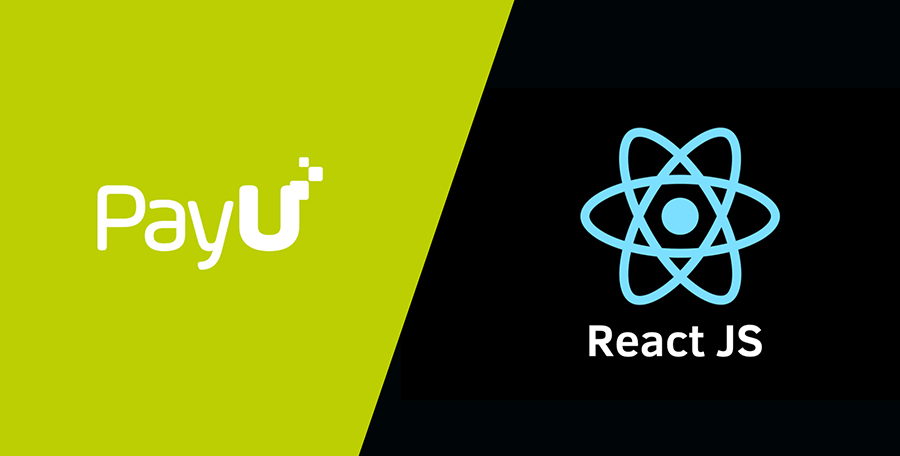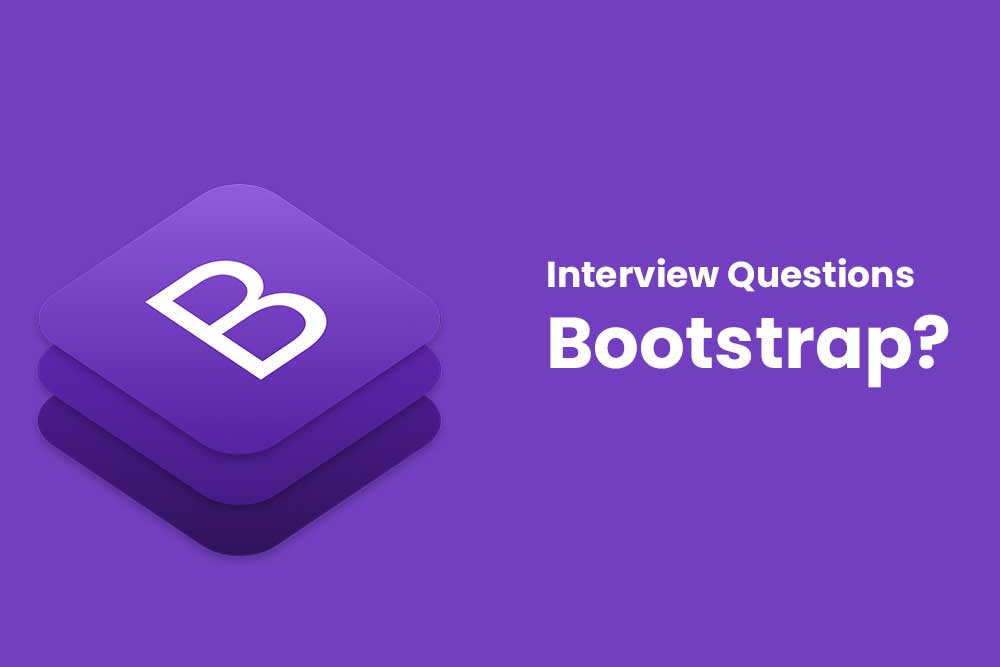Back-end developers are the backbone of any web application. They work on the back end to get data into a web page and ensure that it looks good. In this article, we will discuss the future of back-end developers.
In today’s world, more and more people are accessing mobile devices for content. Traditional websites are getting a makeover to optimize for mobile screens. This is a turning point for web developers because they have to work on both front and back ends of a website simultaneously to make sure that it looks good on all screens and is interactive enough for mobile users. The next few years will see major changes in how web designing, development and marketing is done with an increased focus on mobile screens.
The future scope of back-end developer is to maintain the system that appears on the front end. Given that an increasing number of mobile apps are released yearly, it is important for them to ensure that the backend of these mobile apps are built with scalability in mind.
The future scope of a back-end developer is very vast and many companies are looking to hire them. They can specialize in any of these fields:
– Data Integration – This involves gathering data from different sources and mapping it with the appropriate databases.
– Shell Scripting – The main job of Shell scripting is to automate tasks on the server. It is used for collaborating with other programming languages, sending messages between systems, upgrading software, etc.
– Advanced Performance – This involves optimizing database performance by tuning database parameters or by implementing caching strategies which have a much better performance than queries.
Steps to become Back-end Developer
The back-end developer is responsible for managing the databases and application logic.
The requirements to be a back-end developer are:
• Excellent knowledge of programming languages, preferably JavaScript, Python, or Ruby on Rails
• Knowledge of HTML, CSS
• A bachelor’s degree in computer science or related field
• Experience with object-oriented programming
• Experience with relational databases
A back-end developer is the person who works on the server side of the web application.
1. Decide on a programming language that you want to learn or improve on
2. Learn about HTML and CSS
3. Learn about SQL databases and querying
4. Learn how to use JavaScript properly
5. Learn how to use frameworks like AngularJS, NodeJS, ReactJS, etc.
Let discuss about the skills need to become Back-end Developer:
Python
Python is a programming language that has become popular for its simplicity. It can be used to create web applications, games, and much more. Python is a high-level programming language that focuses on readability and use of white space.
Python was developed by Guido van Rossum in the late 1980s. It is an interpreted, interactive, object-oriented language that can be used for both general-purpose programming and scripting. While Python does not have some of the more advanced features found in some other languages, it has a very clear syntax and is easy to read. Python is considered to be an easy language to learn for new coders, with some experts saying it takes about half the time to learn compared to Java or C++.
PHP
PHP is a general-purpose scripting language that is especially suited for web development and can be embedded into HTML and JavaScript.
PHP is a general-purpose scripting language that is especially suited for web development. It was originally designed for use on the server side, but it can also be used on the client side. PHP code can be embedded into HTML or JavaScript code.
If you are looking for a server-side scripting language that has some similarities to ASP, JSP, or ColdFusion, then PHP might be the best solution for you.
PHP is a popular programming language known for its power and flexibility. It is an open-source, cross-platform, general-purpose programming language with extensive support for web development. PHP can be embedded into HTML and JavaScript with the addition of a library such as ReactPHP.
The primary goal of PHP is to provide an easy way to create dynamic web pages without having to use any kind of databases. This has made it popular among programmers who want to create quick prototypes or simple blogs, but don’t want to deal with the complexities of setting up a full-featured database management system.
SQL
SQL is a query language for retrieving information from database tables.
SQL is a standardized language for accessing databases. The abbreviation stands for Structured Query Language. SQL was developed in the early 1970s by Donald D. Chamberlin and Raymond F. Boyce at IBM to facilitate running queries against databases using different types of storage systems, without differences in syntax or semantics due to data layout or type size. It can be used as a data definition and manipulation language, as well as a programming language, and has become the most widely used database query language in use today.
Database: A database is an organized collection of related data that is stored electronically within a computer system or networked framework distributed across several computers (usually on one or more physical devices).
SQL works fine with any type of relational database, including MySQL, MS SQL Server, Oracle, and PostgreSQL. If you have ever used the relational modeling techniques in XPath to navigate XML documents, then you will find SQL syntax to be very similar. It has commands for creating tables and inserting records into them.
Git and Git Hub
Git and Git Hub are two of the most widely used software programs in the back-end developer industry.
Git is a source code revision control system that was developed by Linus Torvalds. It is a free and open source program that offers developers an easy way to manage their projects and develop software. It can be used to maintain different versions of the same project and also to create branches for experimental or one-time changes. More than 500 million people around the world use Git every day.
Git Hub is a San Francisco based company which was founded in 2008 by Tom Preston-Werner, Chris Wanstrath, PJ Hyett, and Scott Chacon as an online hosting service for version control using Git. This service gives developers access to unlimited private repositories with public collaboration
Git and Git Hub is the most popular source control management system. Git and Git hub is a website that supports distributed revision control and source code management. It allows users to share their code with others, as well as work on whichever files they want to within a project at once.
Why Companies hire Back-end Developer?
According to Stack Overflow survey, 54% of respondents think back-end development should be more valued in the digital world.
The back-end developer is the person who builds the server which hosts the app, website or system that people use. Here, we will discuss why companies hire back-end developers.
Back-End Developers are tasked with designing and developing web applications utilizing database servers and other services. They also monitor and deploy changes to a new or existing system.
The role of a back-end developer is crucial in a company because they create everything from user interface to data models, while ensuring that it’s scalable, secure and efficient enough for business needs.
There are many reasons why companies hire back-end developers including: demand for more complex web applications, need for faster development cycles on complex projects, need to maintain legacy systems with limited resources available for maintenance.
Back-end developers develop and maintain code that is used to support and run an application or website. They typically use a programming language like Java, PHP, or Ruby to create the back-end systems.
The main responsibilities of a back-end developer are:
The main responsibilities of a back-end developer are:
Building the back-end to the front-end application
Maintaining and updating databases
Providing APIs for accessing data in the database
Other tasks, such as deploying websites or other applications, could fall under this category.
The main responsibility of a back-end developer is to write code that makes the site work. They are responsible for organizing how the site’s data is stored and retrieved, as well as processing information from other sources such as databases, APIs, or servers.
A back-end developer is also in charge of defining how content is formatted for end-users. They can make sure that the site’s design will be consistent across all devices and browsers.
Developers write these codes in computer languages like Java or Python. They can also use frameworks like Bootstrap to help with the process of building websites.
Type of job role and description for Back-end Developer
The back-end developer is responsible for the underlying code that powers an application, website, or other software system. They are responsible for ensuring that the code they write is clean, efficient, and meets the needs of the front-end developers.
Job Role: A back-end developer’s job role can be seen as two parts; one who builds up the application or website front end and one who builds up the data layer. A successful back-end developer will know how to work with databases like MySQL and MongoDB as well as work with Javascript frameworks like NodeJS.




